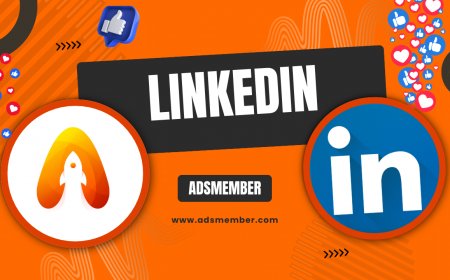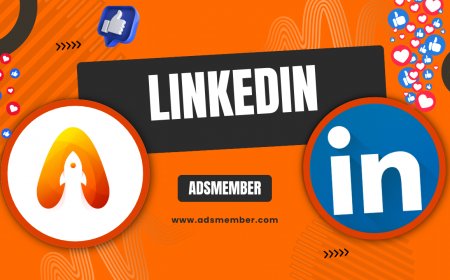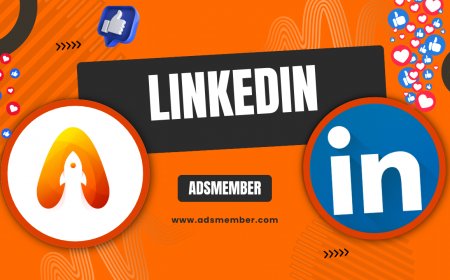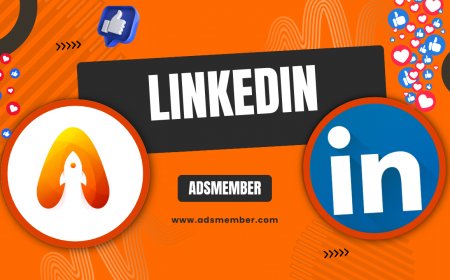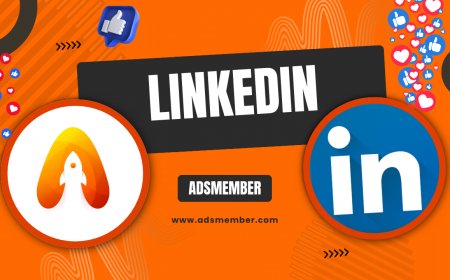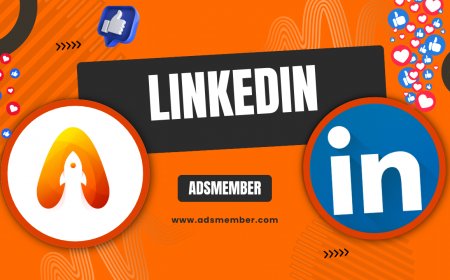How to Delete LinkedIn Profile: Step-by-Step Guide
Learn how to delete your LinkedIn profile with this easy step-by-step guide. Understand the process, backups, and consequences of account deletion to make an…
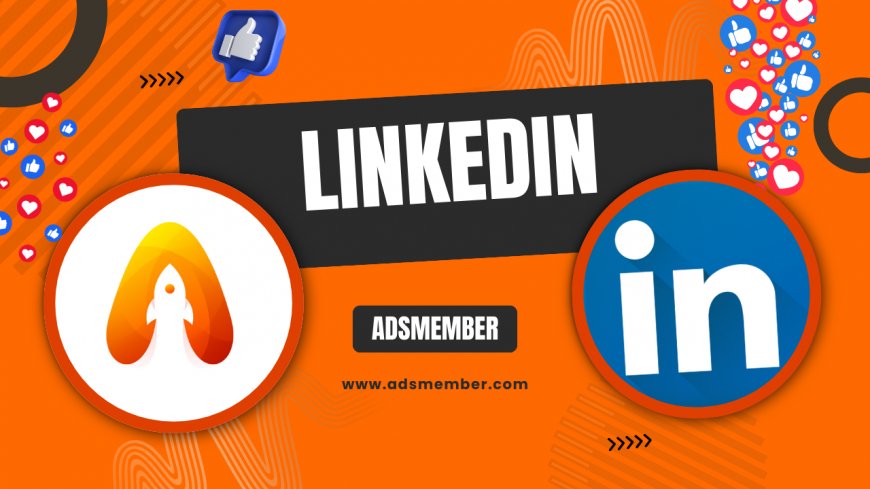
Deciding to delete your LinkedIn profile can feel like a big step. Maybe you’re shifting careers, prioritizing privacy, or just decluttering your digital life. Whatever the reason, I’ve been there, and honestly, it’s not as daunting as it seems. LinkedIn makes the process straightforward, but there are a few things to know before you hit that final button. Let’s walk through how to delete your LinkedIn profile, why you might consider it, and some insider tips to avoid regrets.
Why You Might Want to Delete Your LinkedIn Profile
Let’s be real—LinkedIn isn’t for everyone. Some of us feel overwhelmed by constant notifications or endless connection requests from strangers. Others might worry about data privacy, especially with LinkedIn’s vast database of professional info. In fact, a 2022 Pew Research study found that 54% of social media users are concerned about how platforms handle personal data (Pew Research). Deleting your profile could be a way to reclaim control.
Another reason? Career shifts. If you’re leaving the corporate world for freelance or non-traditional paths, LinkedIn might feel irrelevant. I’ve seen friends delete their accounts after realizing they no longer needed a ‘professional’ online presence. Whatever your motive, it’s worth weighing the pros and cons before acting.
- Pros of Deleting LinkedIn: Enhanced privacy, less digital clutter, freedom from networking pressure.
- Cons of Deleting LinkedIn: Loss of professional connections, missed job opportunities, permanent data deletion.
Step-by-Step Guide: How to Delete LinkedIn Profile
Ready to say goodbye to LinkedIn? The process is simple, but it’s permanent, so follow these steps carefully. I’ve done this myself for a secondary account, and I’ll share some unique tips to make it smoother. Let’s dive in.
Step 1: Backup Your Data
Before deleting, download your LinkedIn data. This includes connections, posts, and profile info—stuff you might need later. Go to ‘Settings & Privacy,’ then ‘Data Privacy,’ and request an archive. It takes 24–48 hours, so plan ahead. Trust me, I regretted not doing this once and lost some valuable contact info.
Step 2: Access Account Closure Settings
Once you’re logged in, click your profile picture at the top right, then select ‘Settings & Privacy.’ Scroll to ‘Account Management’ and find ‘Close Account.’ LinkedIn hides this option a bit, so don’t get frustrated if it takes a second. They want to keep you, after all!
Step 3: Confirm Your Decision
LinkedIn will ask why you’re leaving—pick a reason or skip it. Then, verify your identity with your password. Hit ‘Close Account,’ and that’s it. Be warned: there’s no undo after 14 days. I suggest taking a screenshot of your profile just in case you change your mind early.
Unique Tip: Cancel Premium First
If you’re on a Premium plan, cancel it before closing your account to avoid billing issues. Navigate to ‘Premium Subscription Settings’ and end it. I learned this the hard way when a friend got charged post-deletion because they skipped this. Save yourself the headache!
What Happens After You Delete Your LinkedIn Profile?
Once you delete your LinkedIn profile, it’s not instantly gone. LinkedIn gives a 14-day grace period to reactivate if you reconsider. After that, your data—profile, connections, posts—gets wiped permanently. However, some info might linger in search engines or backups, as LinkedIn notes in their help center. It’s a bit unsettling, in my opinion, but it’s the reality of digital footprints.
Also, think about your network. Colleagues or recruiters won’t see your profile anymore, which could impact future opportunities. I knew someone who deleted their account, only to recreate it a year later for job hunting. They had to rebuild connections from scratch—such a hassle! So, reflect on whether deactivation (a temporary pause) might suit you better.
Deactivation vs. Deletion: A Quick Comparison
| Option | Effect | Reversibility |
|---|---|---|
| Deactivation | Hides profile temporarily | Reactivate anytime |
| Deletion | Permanently removes account | 14-day window to recover |
This table helped me decide when I was on the fence. Deactivation is less final and might be worth trying first. You can find more details in LinkedIn’s official help section (LinkedIn Help).
FAQs About Deleting Your LinkedIn Profile
Can I recover my LinkedIn profile after deletion?
Yes, but only within 14 days of closing your account. After that, it’s gone for good. Contact LinkedIn support immediately if you’re within the window. I’ve seen people miss this deadline and lose everything, so act fast if you change your mind.
Will deleting my LinkedIn profile remove all my data?
Mostly, yes. Your profile, posts, and connections will be deleted after 14 days. However, LinkedIn may retain some data in backups or search engine caches. Check their privacy policy for specifics. It’s a bit unnerving, but that’s standard for most platforms.
Should I deactivate instead of delete my LinkedIn account?
If you’re unsure, deactivation is a safer bet. It hides your profile without permanent loss, and you can return anytime. I recommend this for short breaks. Deletion is for when you’re 100% done with LinkedIn.
What happens to my connections after deletion?
Your connections won’t be notified, but they’ll no longer see your profile or interact with you on LinkedIn. It’s like you’ve vanished from the platform. I suggest informing key contacts beforehand if you rely on them professionally. Check out more networking tips at Social Media Strategies.
Deleting your LinkedIn profile is a personal choice, and I hope this guide has made the process clearer. Whether it’s for privacy, a career pivot, or just a digital detox, take a moment to think it through. In my experience, backing up data and considering deactivation first saved me from potential regrets. Have you deleted a social media account before? I’d love to hear your thoughts or any hurdles you faced. Drop a comment if you’ve got insights to share!
What's Your Reaction?
 Like
0
Like
0
 Dislike
0
Dislike
0
 Love
0
Love
0
 Funny
0
Funny
0
 Angry
0
Angry
0
 Sad
0
Sad
0
 Wow
0
Wow
0




































